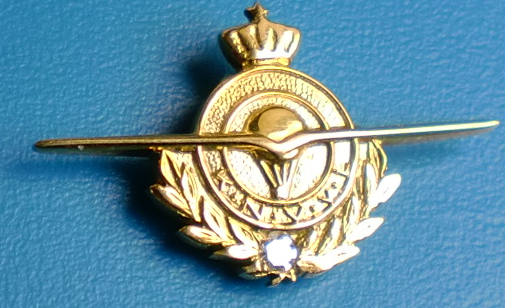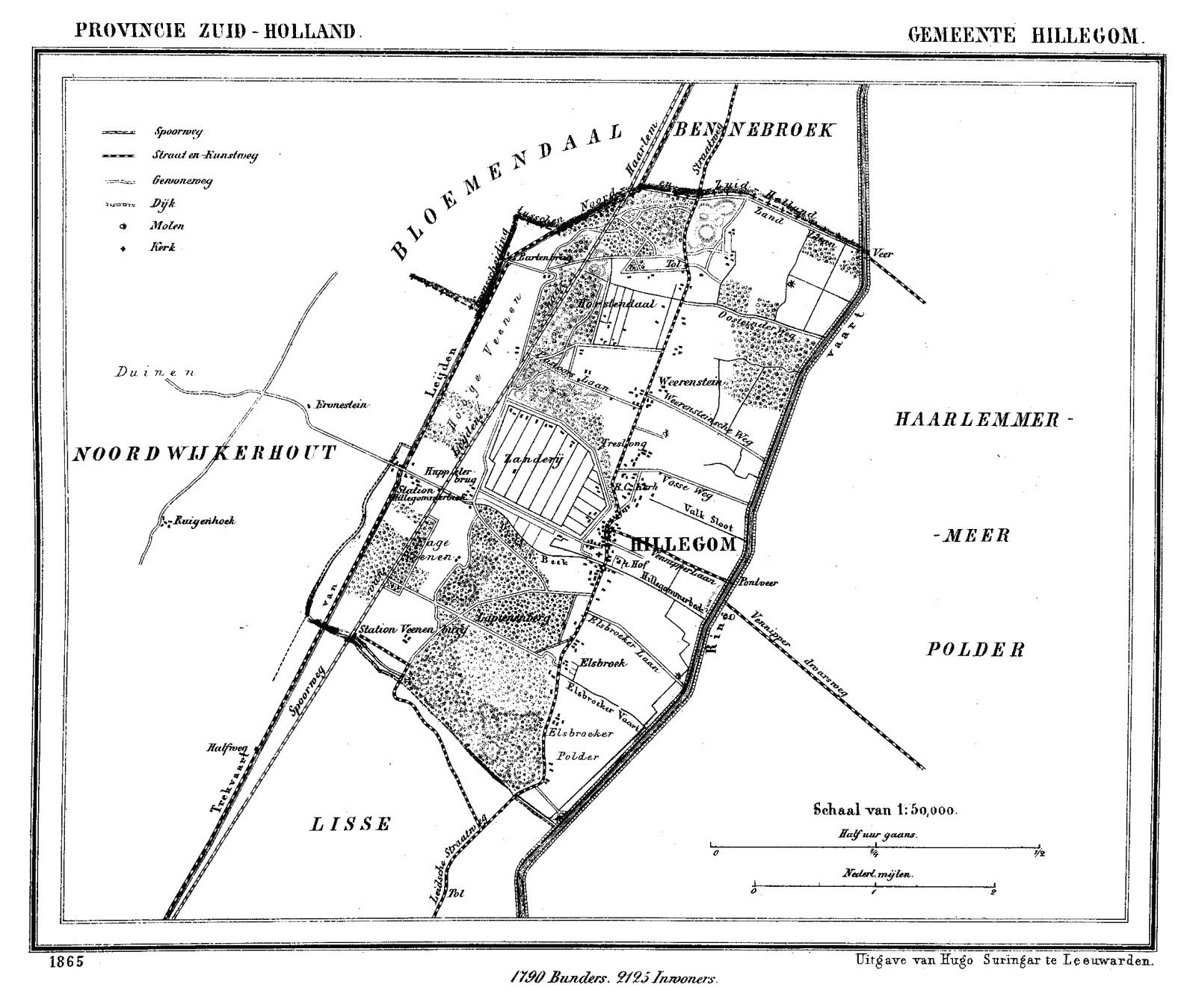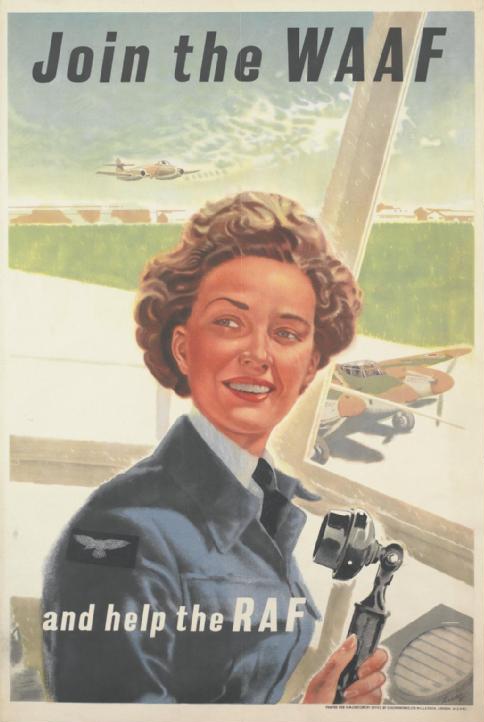|
Ida Veldhuyzen Van Zanten
Ida Laura Veldhuyzen van Zanten (22 June 1911 – 19 October 2000) was a Dutch pilot and social worker who was a member of the Dutch resistance during the Second World War and a pilot in the British Air Transport Auxiliary. She was the only woman to receive the Vliegerkruis, the Airman's Cross. Early life and education Ida Laura Veldhuyzen van Zanten was born in Hillegom on 22 June 1911 and grew up with six brothers. Her father was a bulb grower and the family business still exists as Royal Van Zanten. She attended a boarding school in Zetten, where she met fellow student Maria Sluis, with whom she remained friends until the end of her life. Together they went to study at the Christelijk Instituut voor Christelijke Sociale Arbeid (the Christian Social Work Institute) in Amsterdam. They lived in an attic and travelled a lot, including riding on ox-cart to the Pyrenees. Van Zanten worked as an au pair in France for a year and a half, and sailed alone on cargo ships to visit her ... [...More Info...] [...Related Items...] OR: [Wikipedia] [Google] [Baidu] |
Hillegom
Hillegom () is a town and municipality in the western Netherlands, in the province of South Holland. Hillegom is part of an area called the Duin- en Bollenstreek ("Dune and Bulb Region"). As such, a large portion of the local economy was traditionally geared to the cultivation of bulb flowers. The name Hillegom is derived from the abbey named ''Hijlighem'' (Old Frankish for "Holy Home"). This abbey no longer exists. The current Lord of Hillegom is Jan Six X. History Hillegom was formed on the eastern edge of the coastal dunes where the old Leiden to Haarlem route crossed the ''Hillegommerbeek'' (Hillegom's Creek), not far from the shores of the ''Haarlemmermeer'' (Haarlem's Lake). Places with the suffix "-heim" (or variant spellings) usually developed before the year 1000 and therefore it is assumed that this may apply to Hillegom as well. In 1150 the abbot of Egmond had the rights to naming priests in Hillegom, indicating that a church or chapel existed there. In 1248 the count ... [...More Info...] [...Related Items...] OR: [Wikipedia] [Google] [Baidu] |
Battle Of The Netherlands
The German invasion of the Netherlands ( nl, Duitse aanval op Nederland), otherwise known as the Battle of the Netherlands ( nl, Slag om Nederland), was a military campaign part of Battle of France, Case Yellow (german: Fall Gelb), the Nazi Germany, Nazi German invasion of the Low Countries (Belgium, Luxembourg, and the Netherlands) and French Third Republic, France during World War II. The battle lasted from 10 May 1940 until the surrender of the main Dutch forces on 14 May. Dutch troops in the province of Zeeland continued to resist the ''Wehrmacht'' until 17 May when Germany completed its occupation of the whole country. The invasion of the Netherlands saw some of the earliest mass paratroop drops, to occupy tactical points and assist the advance of ground troops. The German ''Luftwaffe'' used paratroopers in the capture of several airfields in the vicinity of Rotterdam and The Hague, helping to quickly overrun the country and immobilise Dutch forces. After the devastating ... [...More Info...] [...Related Items...] OR: [Wikipedia] [Google] [Baidu] |
Margot Gore
Margaret Wyndham "Margot" Gore (24 January 1913 – 20 August 1993) was a leading British airwoman and osteopath. She was appointed MBE for her service as a commander in the Air Transport Auxiliary. She may be the first woman to pilot a Boeing B-17 Flying Fortress. After the war she trained to be an osteopath rising to teach and then sit on the board of the British School of Osteopathy. Early life Gore was born in Worthing in 1913, and her loves were medicine and flying. Her family moved to Ireland, where she spent her childhood running free with the local hunt and obtaining little formal education. A family maid secretly took her to view Michael Collins (Irish leader), Michael Collins body when he was laid out. When she was sixteen her family moved back to England, and at Bedford High School for Girls she realised her lack of qualifications. Flying career and Air Transport Auxiliary She wanted a career in medicine but lacked the academic background. She worked as a secretary ... [...More Info...] [...Related Items...] OR: [Wikipedia] [Google] [Baidu] |
Southampton
Southampton () is a port city in the ceremonial county of Hampshire in southern England. It is located approximately south-west of London and west of Portsmouth. The city forms part of the South Hampshire built-up area, which also covers Portsmouth and the towns of Havant, Waterlooville, Eastleigh, Fareham and Gosport. A major port, and close to the New Forest, it lies at the northernmost point of Southampton Water, at the confluence of the River Test and Itchen, with the River Hamble joining to the south. Southampton is classified as a Medium-Port City . Southampton was the departure point for the and home to 500 of the people who perished on board. The Spitfire was built in the city and Southampton has a strong association with the ''Mayflower'', being the departure point before the vessel was forced to return to Plymouth. In the past century, the city was one of Europe's main ports for ocean liners and more recently, Southampton is known as the home port of some of ... [...More Info...] [...Related Items...] OR: [Wikipedia] [Google] [Baidu] |
Hamble-le-Rice
Hamble-le-Rice is a village and civil parish in the Borough of Eastleigh in Hampshire, England. It is best known for being an aircraft training centre during the Second World War and is a popular yachting location. The village and the River Hamble also featured in the 1980s BBC television series ''Howards' Way''. The village centre, known as The Square, Hamble, has a more traditional English village aesthetic which differentiates it from the small industrial areas (mostly marinas) close to the village. Location Hamble-le-Rice is on the south coast of England, south-east of Southampton at the tip of the Hamble peninsula, bounded by Netley, Butlocks Heath, Bursledon, Southampton Water and the River Hamble. History Although previously known as "Hamble", "Hamelea", "Hammel", and "Ham-en-le-Rice", the village's official name is now Hamble-le-Rice. The name "Hamble" is still in common usage. On 27 April 1992, the civil parish was renamed from "Hamble" to "Hamble-le-Rice". To the so ... [...More Info...] [...Related Items...] OR: [Wikipedia] [Google] [Baidu] |
Pauline Gower
Pauline Mary de Peauly Gower Fahie (22 July 1910 – 2 March 1947) was a British pilot and writer who established the women's branch of the Air Transport Auxiliary during the Second World War. Early life and education Pauline Mary de Peauly Gower was born on 22 July 1910 to Dorothy Susie Eleanor (née Wills) (1882-1936) and Sir Robert Gower, MP. She had an older sister, named Dorothy Vaughan after their mother and they grew up at Sandown Court in Tunbridge Wells. Pauline Gower was educated at Beechwood Sacred Heart School, which was run by Mother Ashton-Case, a cousin of her mother. She was a strong student and excelled at music and sport. At seventeen she became seriously ill and had to have a mastoidectomy which affected her health, particularly her lungs, for the rest of her life. Leaving school at 18, Gower did a season as a debutant, avoided finishing school in Paris and decided she needed a profession in which to earn her living. Flying Gower first flew with Alan ... [...More Info...] [...Related Items...] OR: [Wikipedia] [Google] [Baidu] |
Women's Auxiliary Air Force
The Women's Auxiliary Air Force (WAAF), whose members were referred to as WAAFs (), was the female auxiliary of the Royal Air Force during World War II. Established in 1939, WAAF numbers exceeded 180,000 at its peak strength in 1943, with over 2,000 women enlisting per week. History A Women's Royal Air Force had existed from 1918 to 1920. The WAAF was created on 28 June 1939, absorbing the forty-eight RAF companies of the Auxiliary Territorial Service which had existed since 1938. Conscription of women did not begin until 1941. It only applied to those between 20 and 30 years of age and they had the choice of the auxiliary services or factory work. Women recruited into the WAAF were given basic training at one of five sites, though not all of the sites ran training simultaneously. The five sites were at West Drayton, Harrogate, Bridgnorth, Innsworth and Wilmslow. All WAAF basic recruit training was located at Wilmslow from 1943. WAAFs did not serve as aircrew. The use of women ... [...More Info...] [...Related Items...] OR: [Wikipedia] [Google] [Baidu] |
Prince Bernhard Of Lippe-Biesterfeld
, house = Lippe , father = Prince Bernhard of Lippe , mother = Armgard von Cramm , birth_date = , birth_name = Count Bernhard of Biesterfeld , birth_place = Jena, Saxe-Weimar-Eisenach, Germany , death_date = , death_place = University Medical Center Utrecht, Utrecht, Netherlands , burial_date = 11 December 2004 , burial_place = Nieuwe Kerk, Delft, Netherlands , occupation = Military officer, aviator, conservationist, nonprofit director , signature = Bernhard of Lippe-Biesterfeld Signature.jpg , religion = Prince Bernhard of Lippe-Biesterfeld (later Prince Bernhard of the Netherlands; 29 June 1911 – 1 December 2004) was a German nobleman who was Prince consort of the Netherlands from 6 September 1948 to 30 April 1980 as the husband of Queen Juliana. They were the parents of four children, including Beatrix, who was Queen of the Netherlands from 1980 to 2013. Bernhard belonged to the princely House of Lippe and was a n ... [...More Info...] [...Related Items...] OR: [Wikipedia] [Google] [Baidu] |
Dutch Government-in-exile
The Dutch government-in-exile ( nl, Nederlandse regering in ballingschap), also known as the London Cabinet ( nl, Londens kabinet), was the government in exile of the Netherlands, supervised by Queen Wilhelmina, that fled to London after the German invasion of the country during World War II on 10 May 1940. Background and exile Until 1940, the Netherlands was a neutral country that was generally on good terms with Germany. On 10 May 1940, Germany invaded the Netherlands. Queen Wilhelmina fled the country aboard the British destroyer HMS ''Hereward'', arriving in London on 13 May. The Dutch armed forces surrendered two days later as they had been unable to withstand the speed of Germany's blitzkrieg style attack. In London, the queen took charge of the Dutch government-in-exile, which was established at Stratton House in the Piccadilly area of London, opposite Green Park. Initially, their hope was that France would regroup and liberate the country. Although there was such an attem ... [...More Info...] [...Related Items...] OR: [Wikipedia] [Google] [Baidu] |
Cross Of Merit (Netherlands)
On 20 February 1941, the Dutch government in exile in London instituted several new awards for bravery. The new way that wars were fought, with civilian resistance and the merchant navy in great peril, made this necessary. Amongst the new decorations was the "Cross of Merit", ( nl, Kruis van Verdienste) an award for "working in the interest of the Netherlands while faced with enemy actions and distinguishing oneself through valor and resolute behavior". One did not have to be on the front line to win this award. The cross has often been awarded to those who managed to flee to England and to the armed resistance. It was rarely awarded after the Korean War, but since the fighting of the Netherlands army in Afghanistan, Uruzgan, this World War II decoration has been awarded again on a regular basis with the latest on 7 October 2009 to eleven Dutch soldiers. [...More Info...] [...Related Items...] OR: [Wikipedia] [Google] [Baidu] |
Wilhelmina Of The Netherlands
Wilhelmina (; Wilhelmina Helena Pauline Maria; 31 August 1880 – 28 November 1962) was Queen of the Netherlands from 1890 until her abdication in 1948. She reigned for nearly 58 years, longer than any other Dutch monarch. Her reign saw World War I, the Dutch economic crisis of 1933 and World War II. The only child of King William III of the Netherlands and Emma of Waldeck and Pyrmont, Wilhelmina ascended to the throne at the age of 10 after her father's death in 1890, under her mother's regency. After taking charge of government, Wilhelmina became generally popular for maintaining Dutch neutrality during the First World War and solving many of her country's industrial problems. By that time, her business ventures had made her the world's first female billionaire in dollars. She went on to ensure that her family was one of seven European royal houses remaining in existence. Following the German invasion of the Netherlands in 1940, Wilhelmina fled to Britain and took charge of ... [...More Info...] [...Related Items...] OR: [Wikipedia] [Google] [Baidu] |





